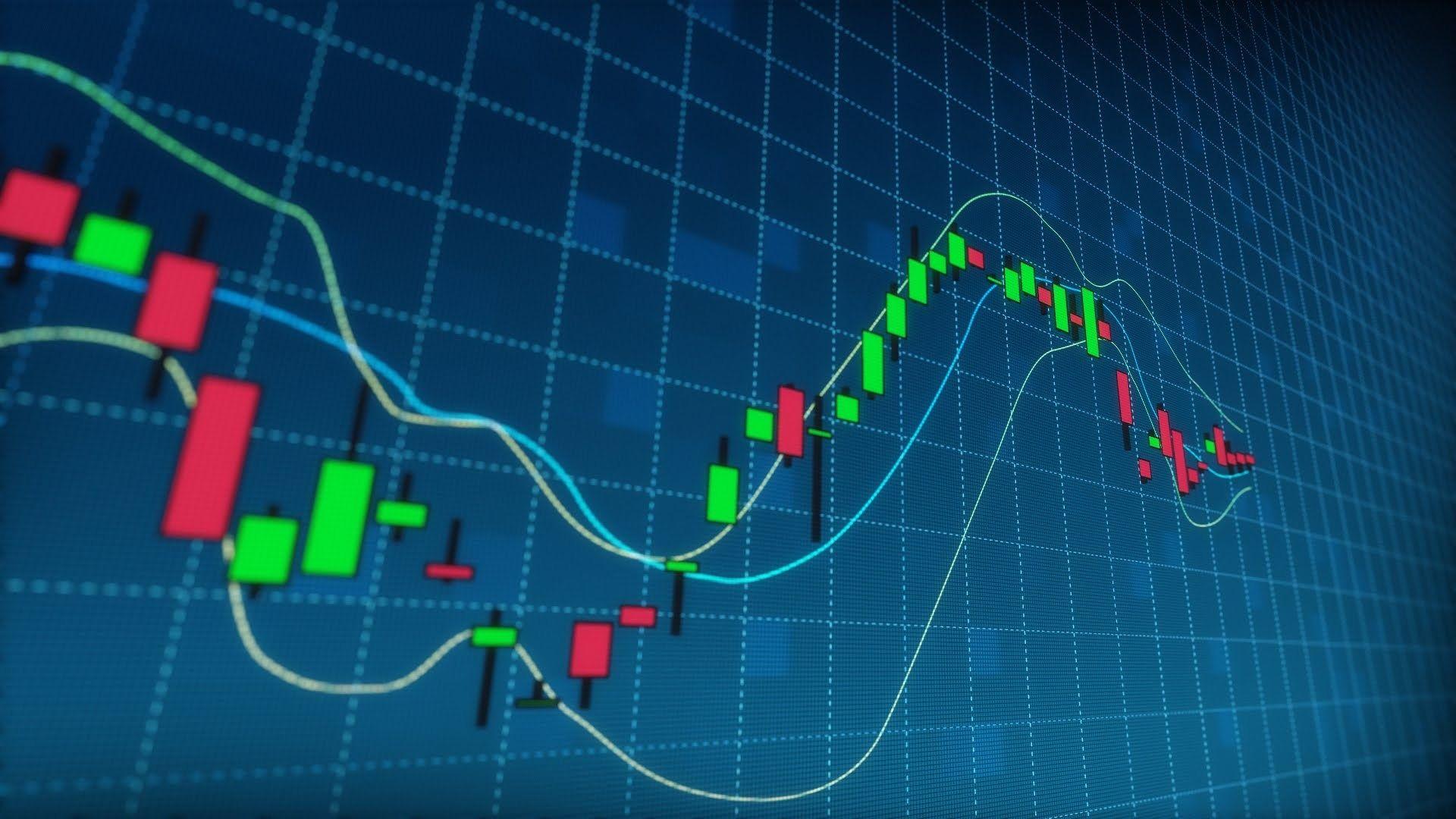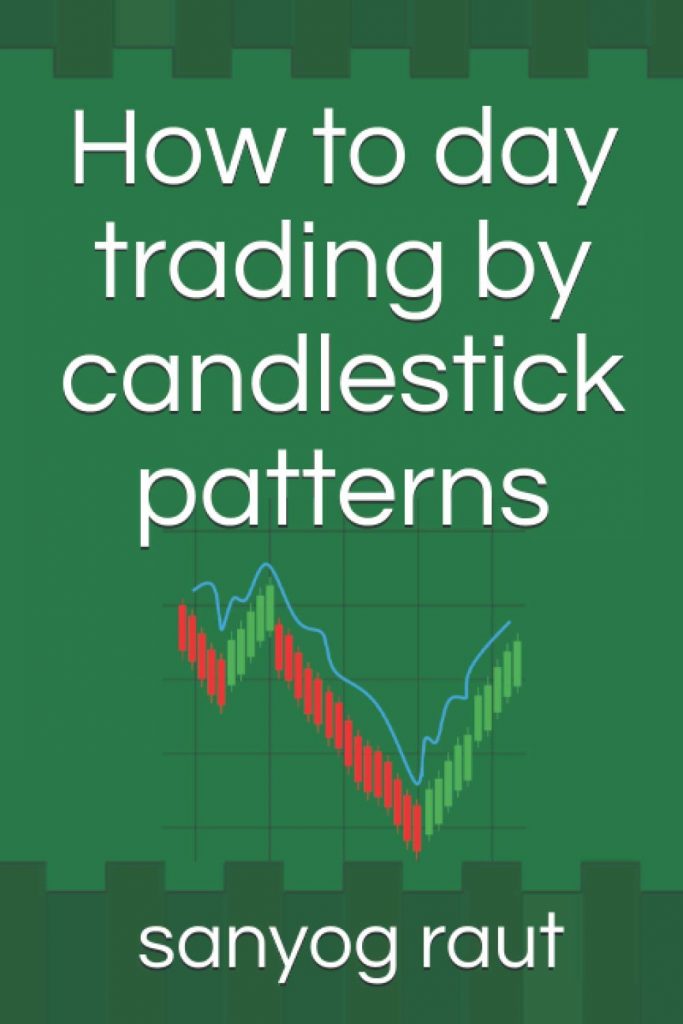Forex
Day Trading Patterns

Head and shoulders patterns form within an uptrend. They show a head and two smaller peaks within a five-bar consolidation pattern. Once formed, you should wait for price to close above the neckline and for a new trend to develop. If price breaks the neckline, you can enter a sell trade. Alternatively, you can wait for a short-term upward correction to test the newly emerging resistance level.

Another pattern to watch is the pennant. Its upper and lower boundaries are both directed upward and downward, and the price range shrinks with each change in direction. This pattern can form after a strong impulse move in a price direction, and it’s an excellent entry point. The downside is that it can be misleading; therefore, you should wait for a break in price before entering a trade.
Day trading patterns don’t guarantee success, but they can help you maximize your profits. Remember that you should never trade beyond your risk tolerance. Always keep a realistic price target. Traders should aim to make small, consistent profits and avoid being greedy. To be successful, you need to be able to identify chart patterns. To find these patterns, look for key swing high and swing low levels, support and resistance levels, and pivot points.
Candlestick charts are another tool for day traders. These charts show the highest and lowest prices over a period of time. Short candles indicate low volatility and long candles show heightened volatility. You can use this chart to identify trend reversals and anomalies. You should also check the trading volume. A high trading volume means high volatility.
The simplest patterns to learn are the rising wedge and falling wedge. The cup and handles pattern is also one of the easiest to learn. Once you’re familiar with the patterns, you can use them to develop your own trading strategies. Once you’ve mastered these patterns, you’ll be able to trade any currency pair. These patterns are profitable and are used by thousands of traders.
The most challenging day trading pattern is the late-day consolidation pattern. A limited number of traders can make a profit using this pattern, and only a few are able to do it successfully. However, if you can spot the breakout, stocks will continue their trend into the market close. To profit from this pattern, you should enter your trade after 1 pm and wait until the breakout breaks a long trend line that started early in the day or the previous trading day.
Another popular day trading pattern is the flag pattern. A bullish flag forms a bull flag, which helps traders determine a good entry point for long positions. After the breakout, a bearish flag follows. After the breakout, the price of the security falls to new lows. After the flag breaks out, a bearish flag forms, which helps traders enter short positions with an appropriate stop loss and profit.

 Forex3 years ago
Forex3 years agoForex Today: the dollar is gaining strength amid gloomy sentiment at the start of the Fed’s week

 Forex3 years ago
Forex3 years agoUnbiased review of Pocket Option broker

 Forex3 years ago
Forex3 years agoDollar to pound sterling exchange rate today: Pound plummeted to its lowest since 1985

 Forex3 years ago
Forex3 years agoHow is the Australian dollar doing today?

 Cryptocurrency3 years ago
Cryptocurrency3 years agoWhat happened in the crypto market – current events today

 World3 years ago
World3 years agoWhy are modern video games an art form?

 Commodities3 years ago
Commodities3 years agoCopper continues to fall in price on expectations of lower demand in China

 Economy3 years ago
Economy3 years agoCrude oil tankers double in price due to EU anti-Russian sanctions






















